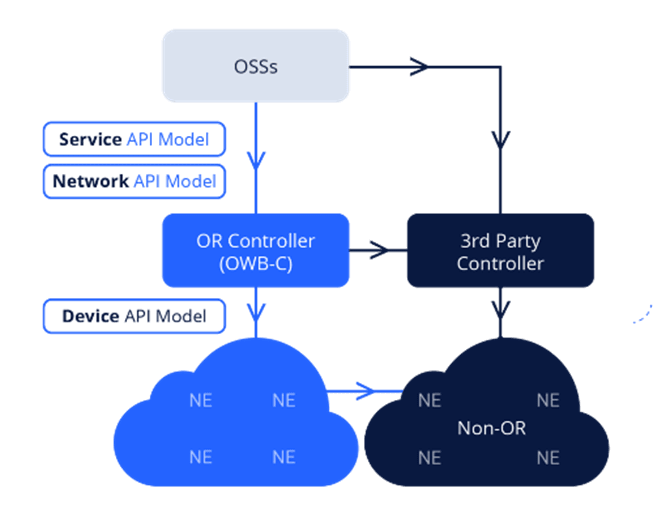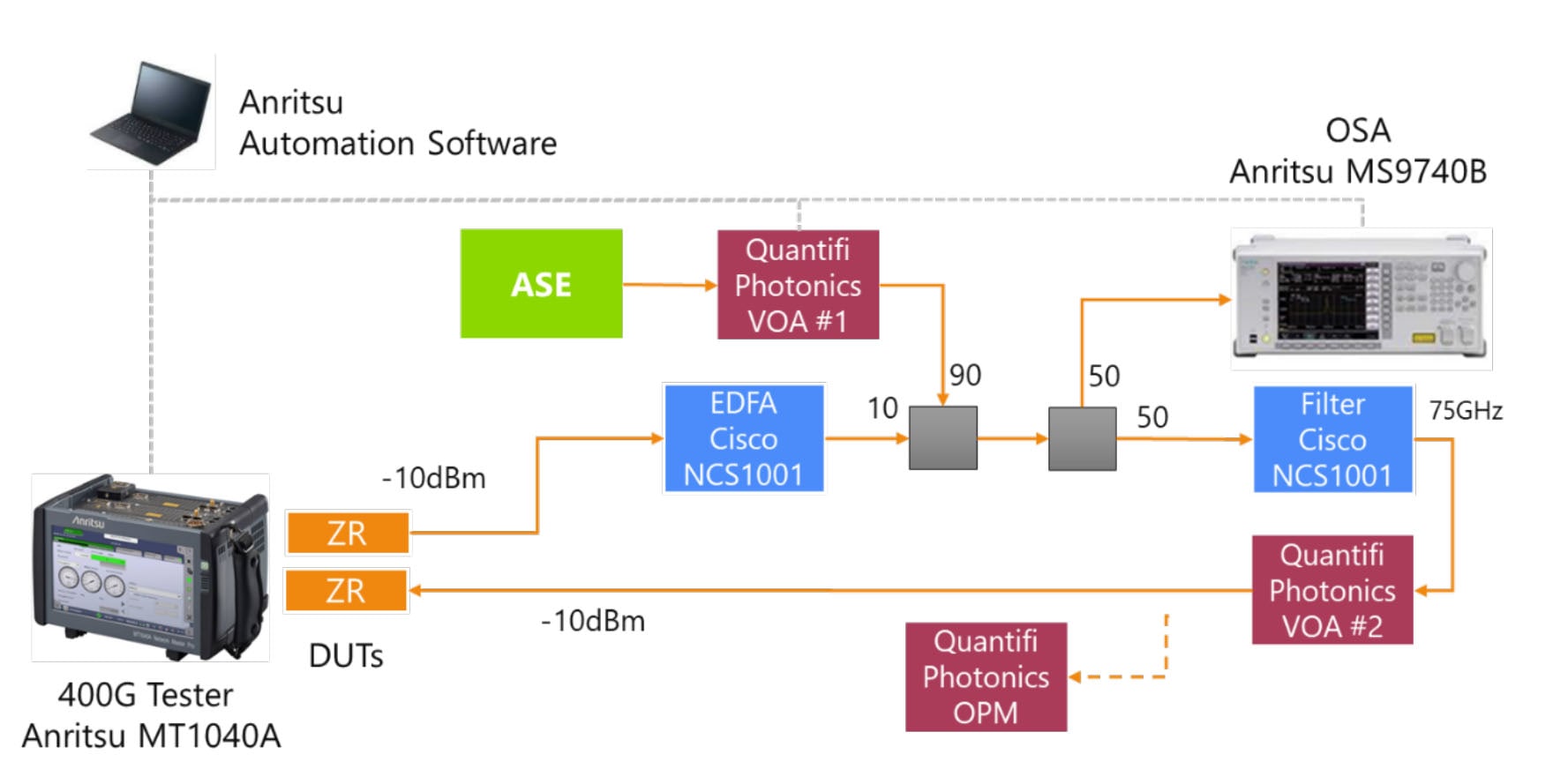OpenROADM has emerged as a key standard in driving interoperability and openness across optical transport as the telecommunications industry embraces disaggregated, multi-vendor networks. The trade-off for such flexibility, however, is complexity.
For engineers to ensure seamless performance across various network elements, more innovative test and measurement solutions are necessary. High-performance, intelligent instruments, such as the Network Master™ Pro MT1040A, and MS9740B Optical Spectrum Analyzer (OSA), offer comprehensive support for OpenROADM development, deployment, and troubleshooting.
OpenROADM: Unlocking Disaggregation, Introducing New Testing Challenges
The OpenROADM Multi-Source Agreement (MSA) is an initiative by industry leaders to create specifications for an open optical networking ecosystem. Network operators will have greater flexibility, choice, and control over their optical networks. At the same time, it promotes interoperability and deployment choice while reducing vendor lock-in.
Complexity associated with OpenROADM stems from the networking approach (figure 1), which is based on an architecture that segments network functions and equipment into smaller, interoperable elements. Network operators can select the optimal components from multiple suppliers without being locked into a single vendor’s solution. This open management, disaggregation, and interoperation initiative enables operators to design and develop an open network that meets their specific needs.

Figure 1: OpenROADM architecture (image courtesy of OpenROADM MSA).
By defining multi-vendor interoperability for optical networks, OpenROADM standardizes components such as ROADMs, transponders, and pluggable optics through open APIs and YANG data models. It’s a leap forward for network flexibility and vendor neutrality, as it offers several key benefits beyond interoperability, including flexibility, scalability, and cost efficiency.
While OpenROADM brings many advantages, testing these networks presents new challenges, such as:
-
-
- Disaggregated architectures require protocol conformance testing across diverse equipment.
- High-speed interfaces (e.g., 400G) need rigorous signal quality validation.
- Interoperability must be verified in lab and field environments.
- Multilayer visibility is essential—from optics to L1/L2 traffic.
- Disaggregated architectures require protocol conformance testing across diverse equipment.
-
-
-
- Interoperability confidence across multi-vendor elements.
- Lab-to-field consistency for troubleshooting and validation.
- Automation readiness for scalable network testing workflows.
- Interoperability confidence across multi-vendor elements.
-
One example is the Anritsu MT1040A Network Master Pro protocol-smart test solution that brings lab-level testing to the field. The compact and portable 400G tester is purpose-built for field deployment in next-generation transport networks.
When equipped with an QSFP-DD pluggable module, the MT1040A is the only handheld tester that supports OpenROADM-compliant protocol analysis, so users can gain deep insight into optical channel performance and control plane behavior. For Tier 1 and Tier 2 service providers transitioning to OpenROADM, the MT1040A reduces test time while increasing confidence in interoperability and deployment readiness.
Among the key benefits are:
-
-
- Integrated testing for OTN, Ethernet, and OpenROADM control protocols (e.g., NETCONF/YANG).
- Automated workflows for configuration verification and fault isolation.
- Compact and field-rugged—ideal for field techs and system integrators.
- Integrated testing for OTN, Ethernet, and OpenROADM control protocols (e.g., NETCONF/YANG).
-
Another key instrument for OpenROADM is an optical spectrum analyzer (OSA), such as the MS9740B from Anritsu, which precisely measures required Optical Signal-to-Noise Ratio (rOSNR). It is used at OpenLab@UT-Dallas for rOSNR testing in their automation and OpenROADM testbed. The OpenLab@UT-Dallas is the variation lab of the OpenROADM certification testing.
rOSNR Measurements
Anritsu is the Optical Internetworking Forum’s (OIF) certified test vender for rOSNR testing using the MT1040A and MS9740B. The MT1040A is used in rOSNR testing to generate traffic, analyze BER with O-FEC and control OSFP-DD pluggable module via CMIS. It covers the line and client sides of transponder, muxponder, switch, and router in one solution.
A sample evaluation system, which was used by OIF, is shown in figure 2. A QSFP-DD Optical Pluggable Module that supports 400ZR was inserted into the MT1040A 400G transport tester. The MT1040A controlled the module and read the measurement parameters from the registers on the module. The optical output from the Tx port of the module was first introduced to an Erbium-doped fiber amplifier.

Figure 2: A test configuration to conduct rOSNR measurements.
Tests were performed on 400ZR modules with the optical outputs of -10 dBm. To equalize the signal optical power, EDFA gain was set to +20 dB. The amplified output was mixed with the amplified spontaneous emission (ASE) light whose intensity was adjusted by a variable optical attenuator through a 10:90 fiber coupler. The mixed light of 400ZR signal and ASE light was introduced into a 50:50 fiber coupler and divided into two paths.
Ready to Elevate your Open ROADM testing?
For any organization navigating the shift to open, software-defined optical transport, smarter test & measurement tools aren’t optional. They’re essential.
Discover more in this in-depth application note, Sound Test Strategies Help Ensure OpenROADM Optical Network Compliance.














